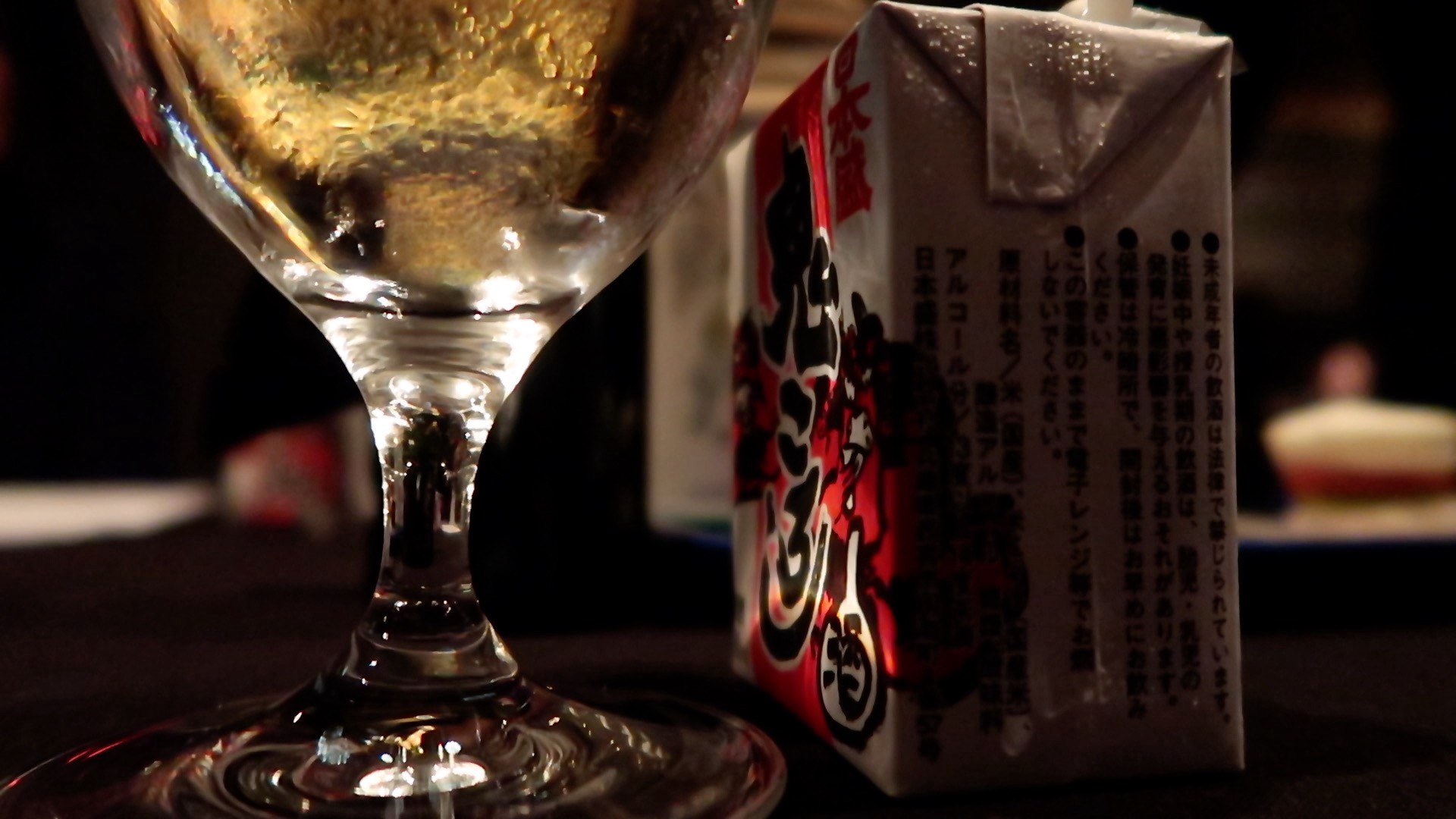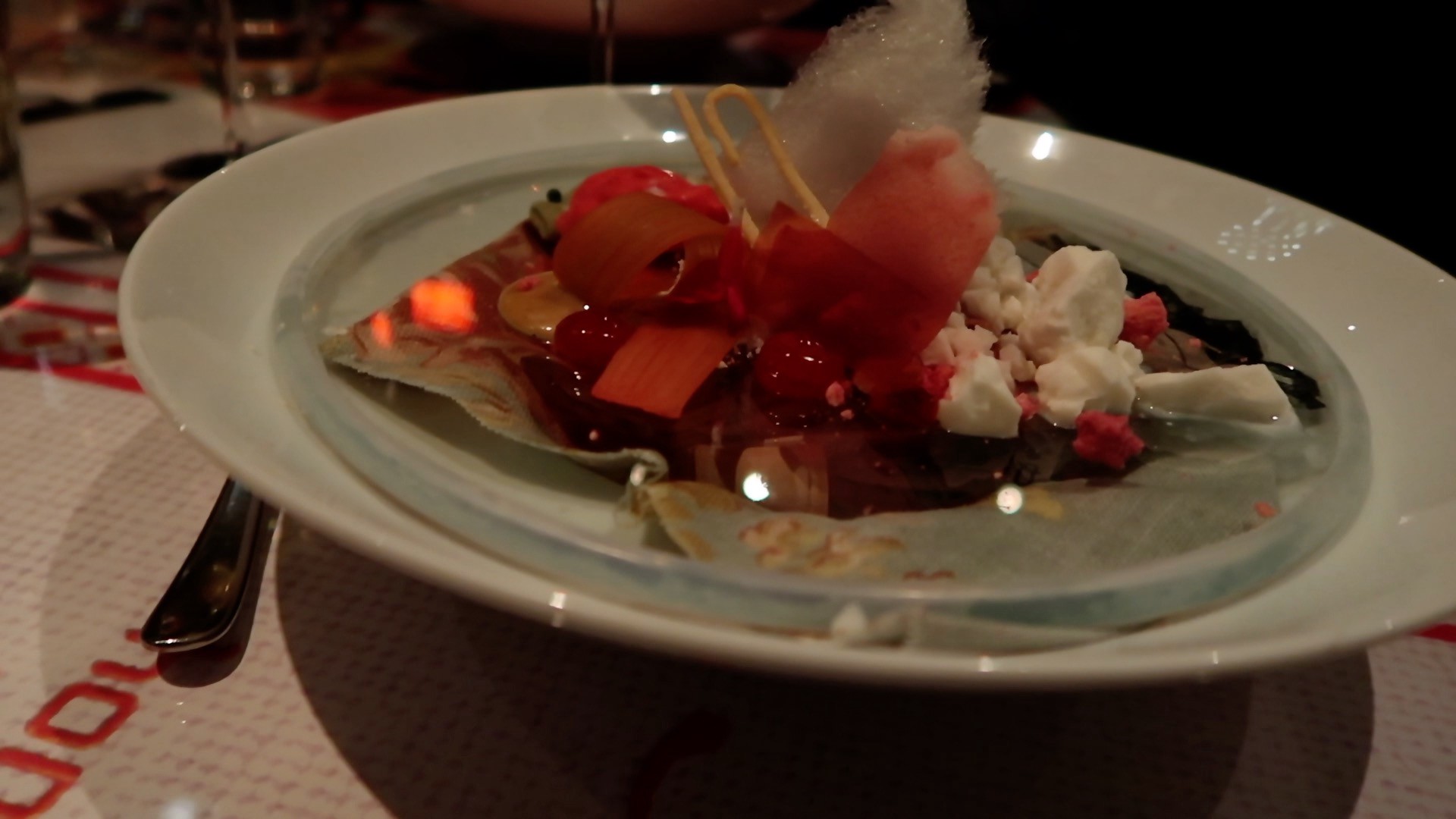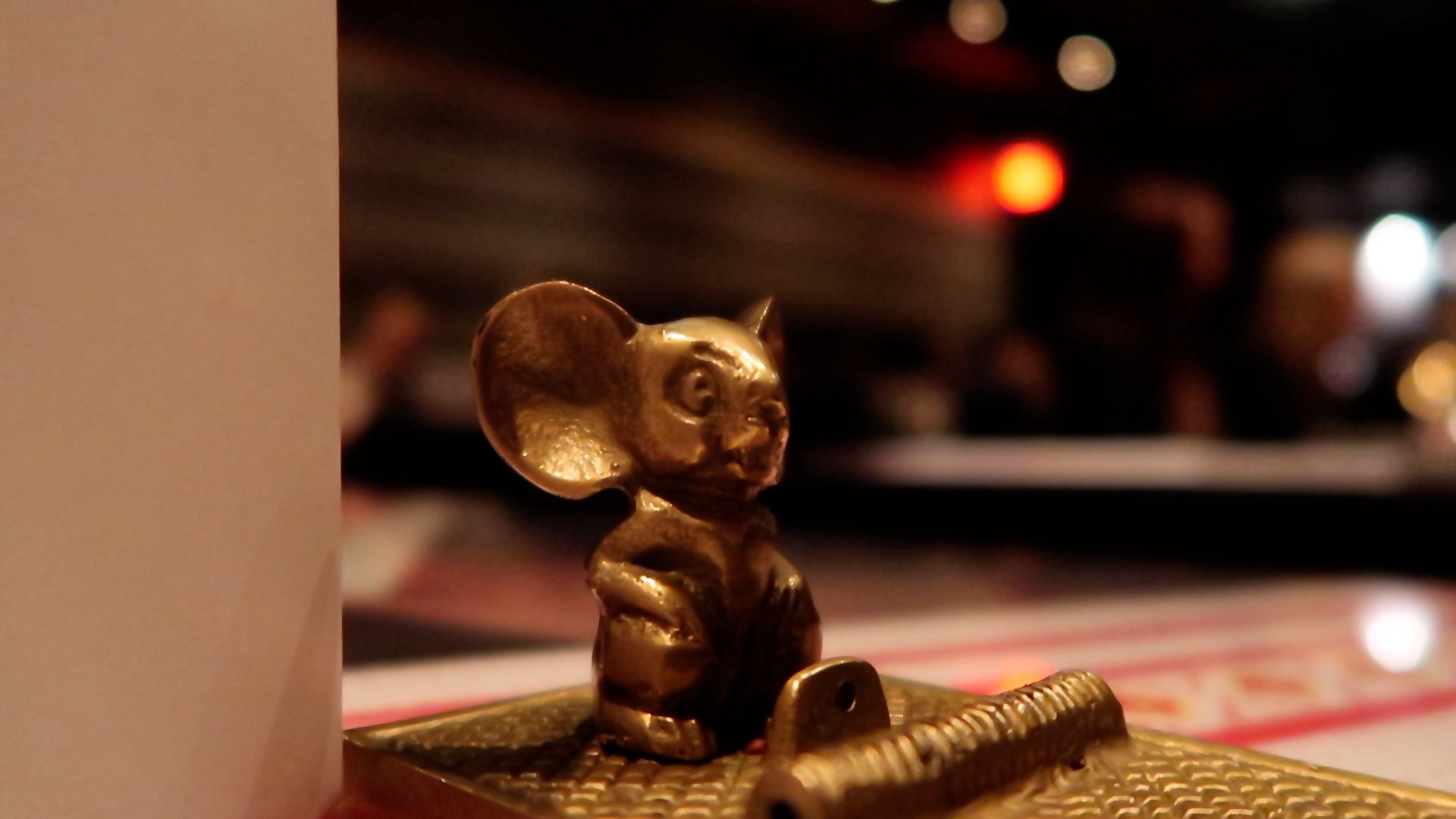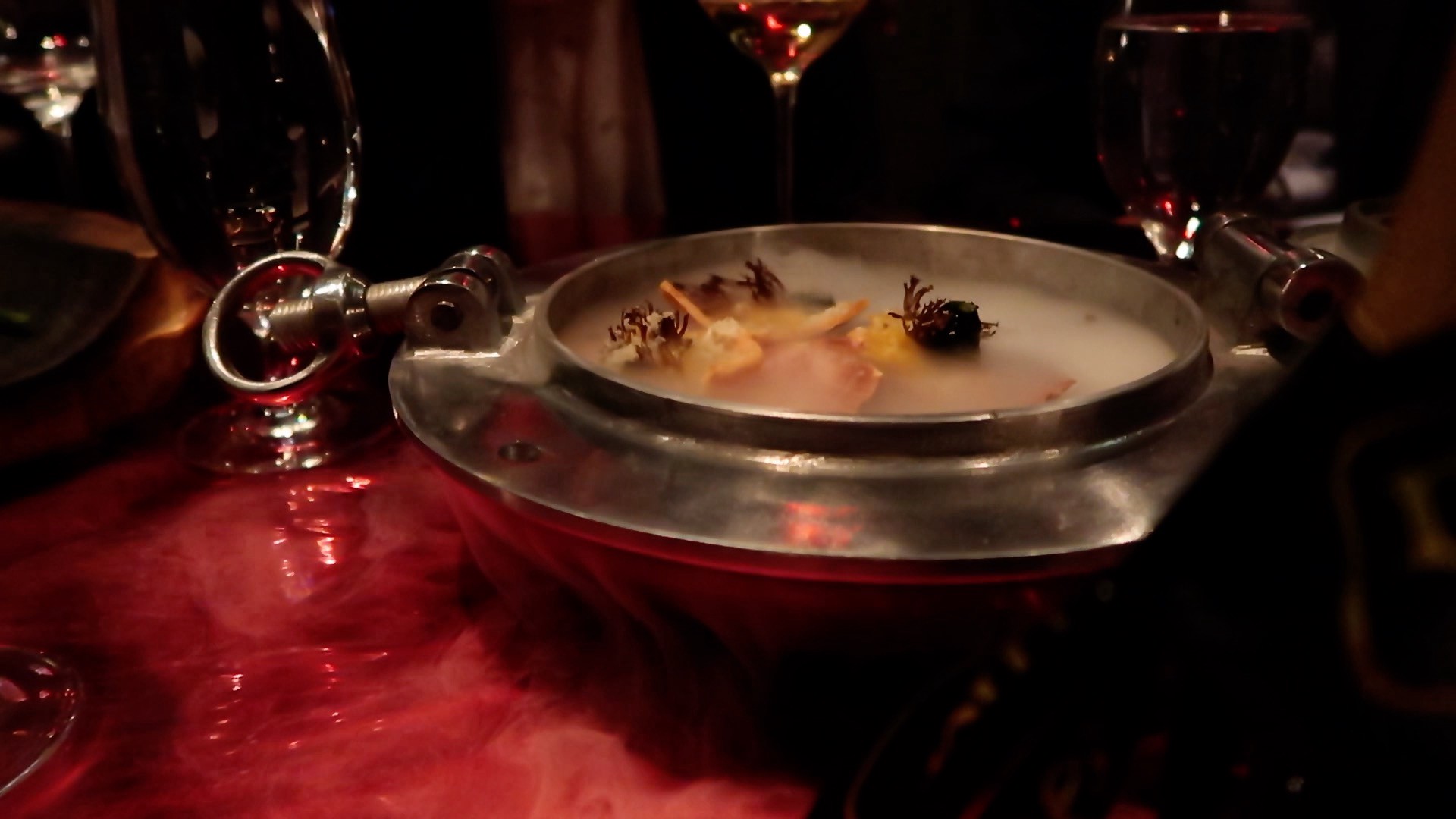
My wife and I recently visited Next, a restaurant here in Chicago. Next is part of the same group that created Alinea, one of the top restaurants in the world, founded by Grant Achatz and Nick Kokonas.
A visit to a place like Alinea and Next makes it obvious why they win so many awards and stand out from their competition — there’s an incredible amount of original thinking going on.
Why? Is there a reason they are they so good at this?
In 2011, Nikolaus Franke, Marion K. Poetz, and Martin Schreier set out to find: Where do the best ideas come from?
They created an experiment to see what would happen if you asked people for solutions to problems who were in the same industry as the problem vs people outside the industry.
For example, carpenters have a problem where they don’t wear their safety masks enough. The masks are meant to provide protection against dust and chemicals, but carpenters frequently leave them off because they get sweaty and uncomfortable. If you ask a group of carpenters how to solve that problem, would they come up with the best ideas?
Or, would rollerbladers?
So these researchers asked three different groups for solutions to a problem like this: carpenters, roofers, and rollerbladers.
What they found was extremely interesting.
Roofers, outside the carpentry industry but nearby since they are also professional “craftsmen”, came up with more novel ideas than carpenters to get carpenters to wear protective masks more frequently.
But the real surprise was that rollerbladers came up with the most novel solutions to the carpenters’ problem.
The research found that, in general, the farther out you are from a problem’s market domain, the more novel the solutions became.
In other words, if you want more original ideas, you better look elsewhere from the place you spend all your time in.
I once had a long chat with Nick Kokonas about what inspires their thinking at Alinea and Next. At the time, he mentioned the work he was doing to understand theater and ideas from that industry he could use better in his restaurants. But that’s just a tiny piece of the story.
Next, unbelievably, changes their entire menu every few months. That’s an understatement. Every few months they reinvent themselves. New food. New beverages. New decor. New ways of serving the food.
Most importantly though, the inspiration changes.
One version of Next might be influenced by a stage in your life like “Childhood”, the next will transport you to Paris. Not just Paris. Paris in 1906.
Our menu at Next was “Hollywood”. Food and its preparation took us to the movies. We ate popcorn to begin our meal. There was food on top of a laser gun you’d see in Star Wars. We had what looked like a severed head of Mary Antoinette for dessert.




Grant, Nick, the staff at Next and Alinea exemplify a vast amount of original thinking. But these guys find themselves in a place just like we all do — needing inspiration.
Their secret however, is that unlike the rest of us, they stretch themselves. Like rollerbladers coming up with ideas for carpenters, the inspiration comes from: live theater, movies, stages of life, even different places in time. They don’t take inspiration from the obvious. They take inspiration from anywhere else.
P.S. Please help spread this by clicking the ❤ below.
You should follow my YouTube channel, where I share more about how we run our business, do product design, market ourselves, and just get through life. And if you need a no-hassle system to track leads and manage follow-ups you should try Highrise.


